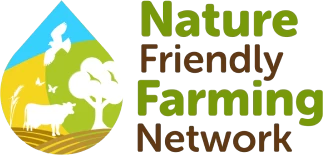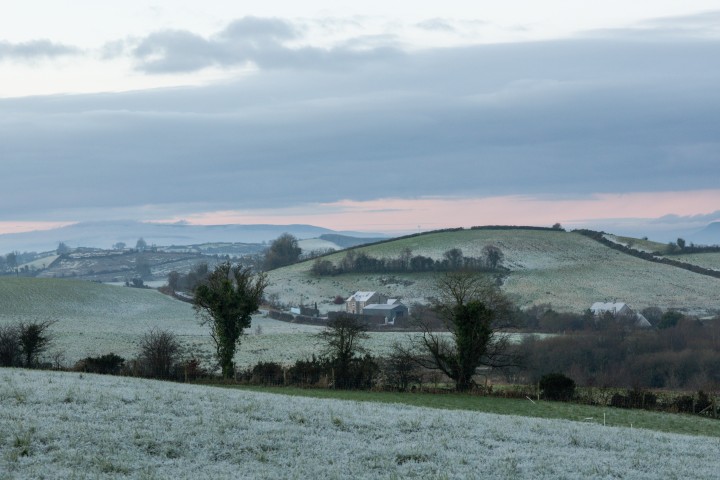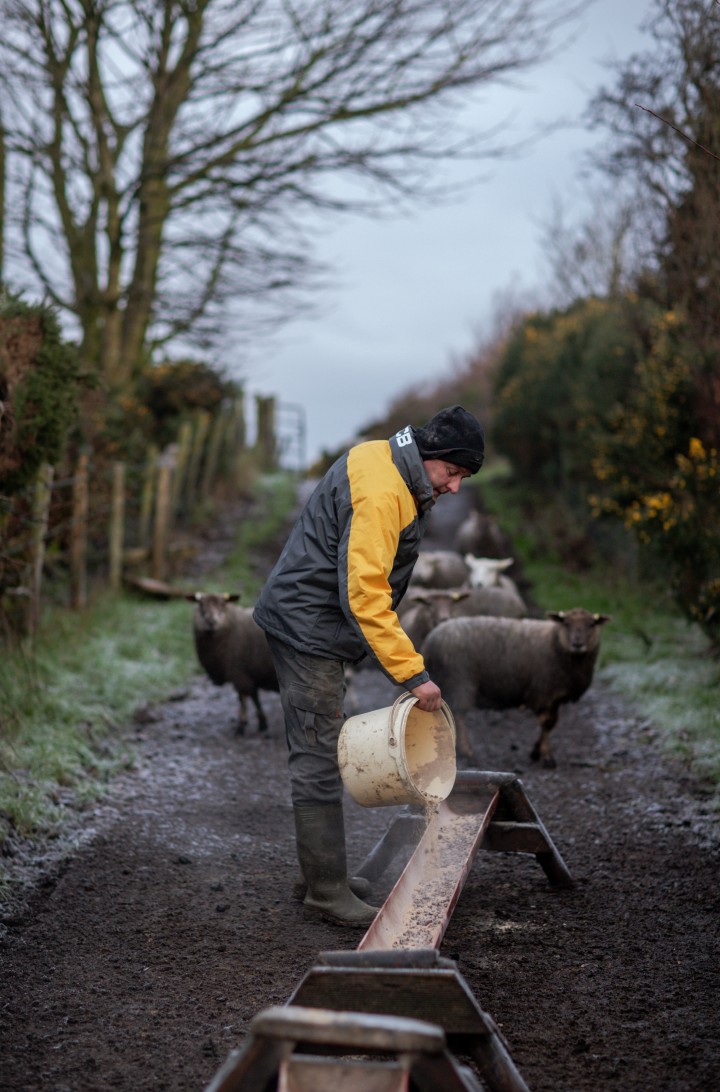Having been brought up on the home farm, Roy went to an agricultural college in Northern Ireland and was then given a scholarship to head out to New Zealand. There, he studied the establishment, management and use of clover in agriculture, which farmers in Aotearoa were pioneering. The other lesson he brought back from New Zealand concerned their work building up resistance to worms in livestock by reducing the amount of wormer used on them. This is an approach he's brought back to Fermanagh, with only underperforming lambs getting dosed and chicory being used in the multi-species swards as it has anthelmintic properties.
For Roy, the biggest appeal of a nature-friendly approach is its removal of some of the most strenuous cost burdens livestock farmers face. “If we can produce grass from our swards without using any artificial fertiliser, that’s a vast reduction in cost,” he says. “The two big ones we can definitely reduce are fertiliser and feed. We were spending a lot of money purchasing concentrate feed. Reducing that will definitely improve our bottom line.”
Roy is part of a grass monitoring programme at the Agri-Food and Biosciences Institute (AFBI), which means all the fields get measured every week during the main growing season of the year. This is used to forecast grass growth as well as analyse how well pasture is doing in different areas and conditions. It’s not just the grass which is subject to regular scrutiny: both sheep and cattle are recorded and weighed regularly. Looking after the soil is equally crucial for Roy. “It’s your main production asset, and if you don’t look after it, you’ve lost everything,” he says. “The soil feeds the grass, the animals eat the grass and whatever you’re producing feeds people. It’s all a cycle.”




